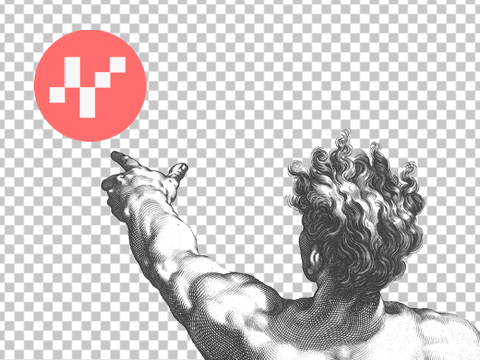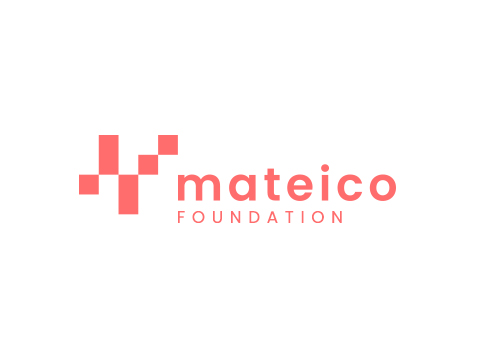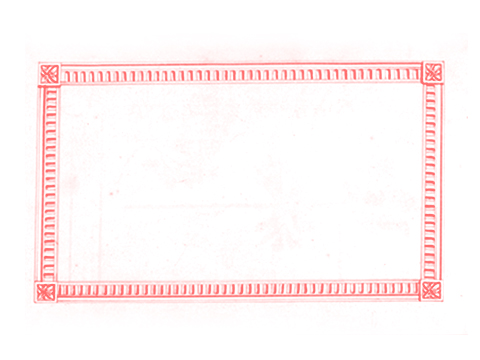Mateico Auctions: Buy and Sell in Traditional and NFT Auctions.
Art has always been a valuable and influential aspect of human culture. Since ancient times, artists have created works that inspire, move, and evoke emotions. Traditional art auctions have been with us for many centuries and are an integral part of the art market. In this article, we will explore the history of major art auctions, the development of auctions in the internet age, and the emergence of NFT auctions. Most importantly, we will provide a brief overview of the auctions we offer on the Mateico platform. Are you curious? Let's dive in. History of Traditional Art Auctions. The existence of traditional art auctions can be traced back to ancient times. Auctions were held in ancient Greece and Rome, where various items, including sculptures and paintings, were sold. However, the true flourishing of art auctions occurred in Europe during the Renaissance period. Auctions became popular in cities like Venice, Florence, and Antwerp, where traders, collectors, and artists had the opportunity to buy and sell works of art. In the 18th and 19th centuries, traditional art auctions became increasingly popular, especially in England and France. This period saw the establishment of renowned auction houses such as Christie's and Sotheby's. These institutions became symbols
Fundraising: Mateico VIP NFT Collection + Token Sale
Dear Mates, We are thrilled to inform you that today, on January 24th, we are embarking on an exciting journey with the launch of our token offering, thanks to the unique Mateico VIP Collection. This exceptional NFT series is a crucial element of our current project fundraising round, aimed at supporting our ongoing development. The concept of NFTs has been designed to provide numerous additional benefits to our community. For investors acquiring NFTs from this collection, we have prepared several additional perks, including: special staking programs, discounts on the platform, access to unique content on the platform and special auctions, as well as exclusive invitations to future events organized by Mateico. additionally, every investor purchasing NFTs from the collection during this fundraising stage will receive the equivalent of the invested amount in $MATE tokens (price: $0.03). Once we surpass $150,000.00, the fundraising will continue for an additional 30 days, after which listing will take place, and the token will no longer be sent together with the NFT collection. Key Information: Buy NFT: https://cifiapp.com/dashboard/microeconomy/nft-drops Name: Mateico VIP Collection NFT Cost: $500 Number of NFTs: 1000 Staking: 20%.+ future programs Price per token: $0.03 (16.666 $MATE) To achieve our goals, we have set three financial milestones: Softcap: $150,000.00 - Platform: - Mateico Gallery & M-art -
Digital Metamorphosis of Art and Culture: Discover the Benefits and Applications of NFTs in the Creative Industry.
As the world becomes increasingly intertwined with technology, the way we create, consume, and understand art and culture is also transforming. In this dynamic landscape of digital progress, a new concept has emerged that is reshaping the face of these domains - Non-Fungible Tokens, or NFTs. In simple terms, NFTs are digital markers that confer uniqueness, authenticity, and value to specific elements in the virtual world. In this article, we will explore the application and benefits of NFTs. Let's begin! Definition of NFT (Non-Fungible Token). NFT, short for Non-Fungible Token, represents a unique type of digital marker based on blockchain technology. While cryptocurrencies like Bitcoin are interchangeable (hence "fungible"), NFTs are non-interchangeable, meaning each of them is uniquely identifiable and non-replicable. Each NFT contains metadata that define the distinct characteristics and properties of a specific digital item, such as an image, animation, music, or video. NFTs represent ownership of digital assets, based on blockchain technology, providing immutability, verifiability, and unequivocal ownership. This innovative approach transforms traditional models of art, culture, and trade, introducing new challenges and perspectives. In this article, we will delve into the fascinating world of NFTs and their impact on the realms of art and culture. Selected Benefits of NFTs for
546 pixels worth $ 23,580,000
I think we can all agree that $ 23.5 million is quite a lot. You can buy an expensive villa, 4 sports cars, live with dignity for the rest of your life and still have something in your accounts. However, there are different priorities and values in life, and what is a funny picture for some, for others can be an investment worth a small fortune. Ladies and gentlemen, we are talking about this piece of art:
How an unexpected death can eliminate digital wealth
According to a survey conducted by the Angus Reid Forum, the tendency among US consumers to share access to their bank accounts changes with age. Respondents under the age of 35 were significantly less likely to share their passwords with loved ones (19% shared their passwords) compared to the over-55 group, whose ratio was 32%.
Mateico foundation and our first protege
Probably many of you associate Mateico with an innovative NFT platform. Today we are proud to announce our new protege that will allow us to motivate artists, their work and bring help to those in need. We have founded a foundation that will work on three pillars. We will provide a special platform so that each of you can participate in our way of helping by jointly dropping money for specific purposes.
Can NFTs be deleted?
Cryptocurrency exchanges over the past decade have undergone a revolution that probably not even their creators foresaw. Evidence of this can be seen in people’s stories about engagement in bitcoin mining at the very beginning, circulating on the Internet. It was most likely done without much conviction and perhaps as an alternative to collecting stamps. But when suddenly the value of these collected "stamps" shot into space, they realized they did not know where they had put the data that could turn them into millionaires.
Copyrights and NFT
The subject of copyrights is crucial in every field. After all, there is nothing worse than knowing that someone has appropriated the work to which we have devoted days and nights of blood, sweat, and tears. A lot of people might think that if something is NFT, you can just save it as a picture and use it on pages for marketing purposes or as your profile picture on Twitter. Is it that easy?
Music artists and NFT – why does it pay off?
We often think that being an artist is a great business. Passive income with royalties, crowds of fans in front of the stage, sitting in the studio, and making music in a good atmosphere. Work hard, play hard as the saying goes. The reality, however, in most cases differs from such a picture. This is due to the fact that the production of high-quality music is expensive and the music industry itself is pretty monopolized.
Dress for Success. The fashion industry in the NFT world
Metaverse - the word is growing in popularity, and so is its value. The non-fungible token (NFT) market is opening up to luxury brands looking to invest in their digital collections. As it turns out, the demand for digital fashion is there and doing well, and the biggest evolution of the fashion industry is yet to come.










